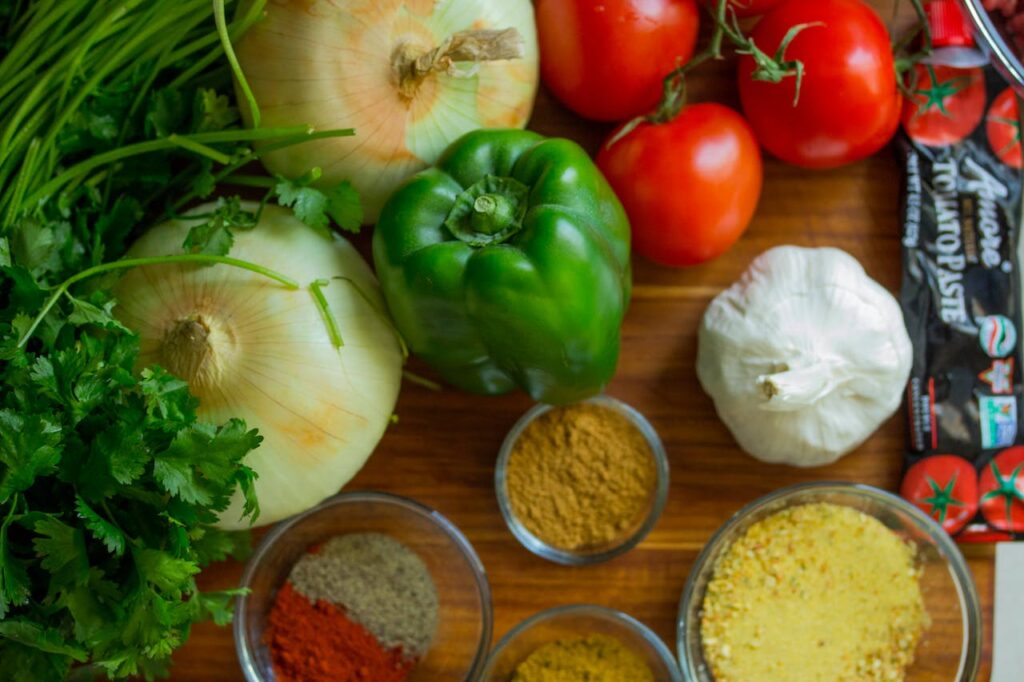Whether you’re taking food to a friend’s BBQ or bringing a wedding cake to a client, it’s important to understand how to safely and carefully transport food. A lot can go wrong in transit if you don’t prepare – the food could get damaged, it could spoil or you could end up with leaked food all over your vehicle. Below are just 10 important tips to follow when transporting food.

Stick to the 2 hour rule
Certain foods like cooked meats and dairy products need to be kept refrigerated. However, when transporting them, it is possible for them to stay unrefrigerated without spoiling, providing that you are able to get them back into a fridge at your destination within 2 hours. If they are left unrefrigerated for 2 hours and they aren’t going to be immediately consumed, you will need to throw this food away (for businesses this is a legal necessity). So always consider the length of your journey when carrying these types of foods.
Get the aircon on
If it’s a hot day, the heat will encourage food to spoil more quickly. Cranking up the air con before you put the food in the vehicle will keep it cool and reduce the risk of it turning bad. Of course, if you want to keep cooked food warm, air con may not be the best option.
Keep it in the casserole dish
Cooked some food in a casserole dish to take to an event? Keep it in there as you travel. Casserole dishes make great containers for protecting food from damage and you can even serve directly out of them.
Wrap it in foil
Foil helps to trap in heat, and will stop hot food getting cool on a journey. Many takeaway food services and catering companies wrap hot food in foil for this reason. Foil is also great for reducing leakages.
Know when to use crates and containers
If you’re carrying lots of loose food items, it could be worth putting them in crates or storage containers to stop them rolling around. These containers can also help to catch any leaking sauce and protect your vehicle, as well as keeping hot food warm.
Avoid wooden pallets
When it comes to shipping large quantities of food, pallets are often necessary, but you may want to stay clear of wooden pallets – they are easily damaged by moisture and food leakages can be hard to clean off. Some of the pallets best suited to 3PL firms and food delivery companies include plastic pallets and metal cage pallets.
Freeze desserts before driving
Freezing desserts an hour before transporting them can prevent them from spoiling or falling apart during delivery. If you are a restaurant that offers takeaway desserts, this could be a tip worth embracing.
Consider investing in vehicle refrigeration
If you’re transporting foods that need to be refrigerated and the journey is likely to take over 2 hours, you’ll need some form of in-vehicle refrigeration. There are plug-in refrigerators you can buy for keeping small amounts of food or drinks cool. Alternatively, you could consider investing in a refrigerated van.
Add toppings on-site
When it comes to delicate toppings on cakes or desserts, it’s often best to add them on-site. Some cake companies even transport cakes into multiple tiers and then assemble them at their destination.
Use progressive braking
Many in-transit food disasters are caused by vehicles having to brake hard. Slow down your braking and acceleration, and try to take corners slowly. This will minimise any damage to food.

